Ranking the Greatest Female Players in Tennis History
Measuring greatness in women’s tennis takes more than counting trophies. It revolves around who dominated their era, who pushed the sport forward, and who made winning look inevitable. These players left lasting marks through a solid game evolution and proved to the world what performing under pressure looks like. We’ve ranked them here by the scale and depth of their legacy.
15. Caroline Wozniacki
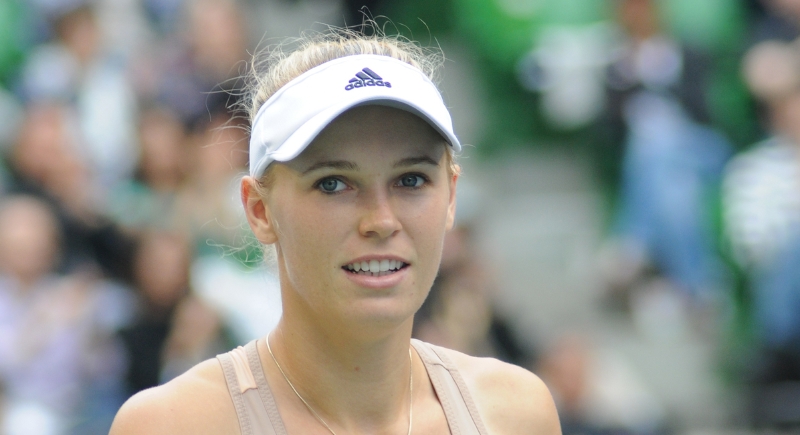
Credit: Wikimedia Commons
For years, Wozniacki was the best player without a Slam until she flipped that storyline at the 2018 Australian Open. Her grind-it-out baseline consistency and defensive court coverage made her a tough opponent throughout the 2010s. She helped put Scandinavian women’s tennis on the map and inspired many with her perseverance and resilience.
14. Arantxa Sánchez Vicario
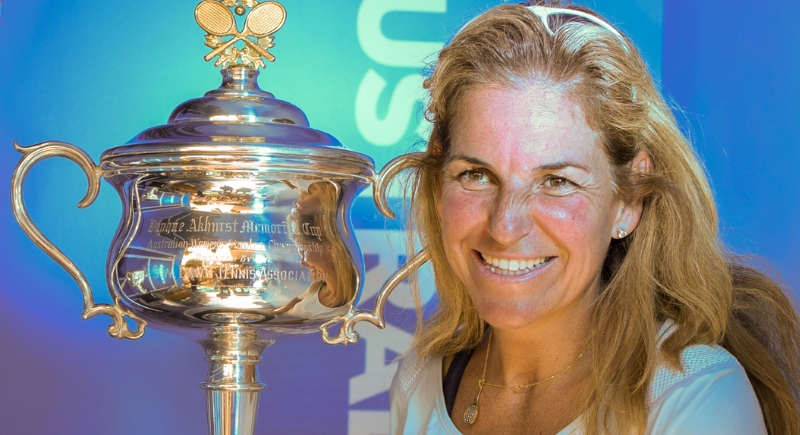
Credit: Wikimedia Commons
Sánchez Vicario was at her best and made long rallies feel even longer. She won four Grand Slam titles and reached number one in both singles and doubles. Her game thrived on persistence, and her tactical patience wore down even the hardest hitters of her day.
13. Kim Clijsters
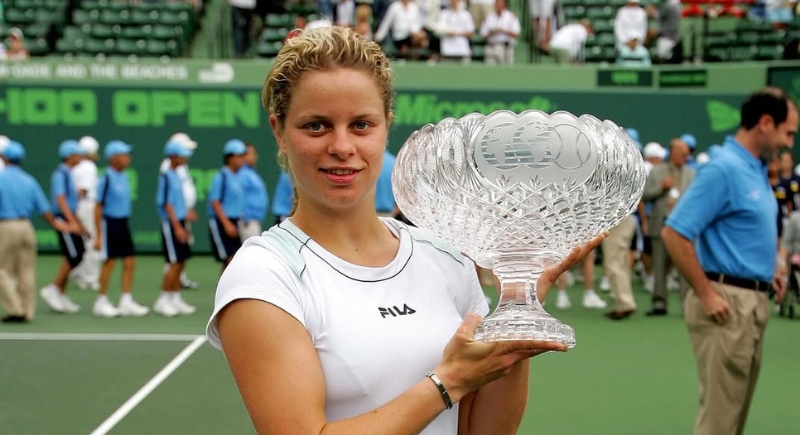
Credit: Instagram
Some players come back for the nostalgia, and Clijsters was one of them. She came back and won three more Slams. Her post-retirement return in 2009 as a mom was so elite that it was heart-warming to watch her play. Her flexibility and hustle turned defense into offense, and she made big wins look more like fun.
12. Evonne Goolagong
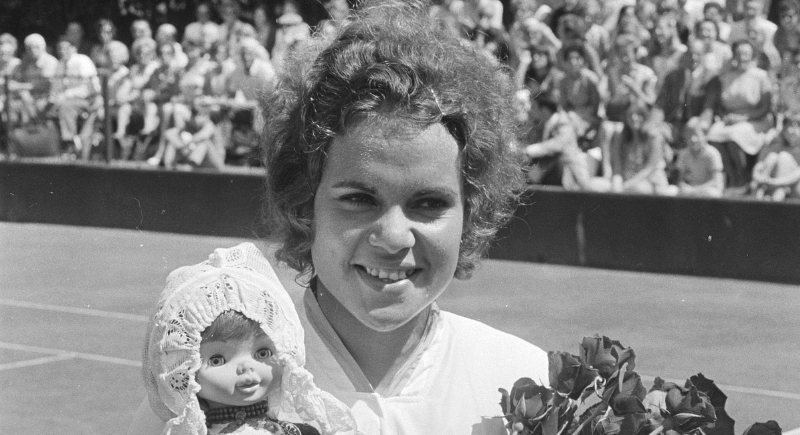
Credit: Wikimedia Commons
Goolagong played like she was gliding, yet she racked up seven Grand Slam titles. Her fluid style and cool on-court composure were admired widely. As the second mother ever to win Wimbledon, her return to success after childbirth added another layer to her already remarkable legacy.
11. Martina Hingis
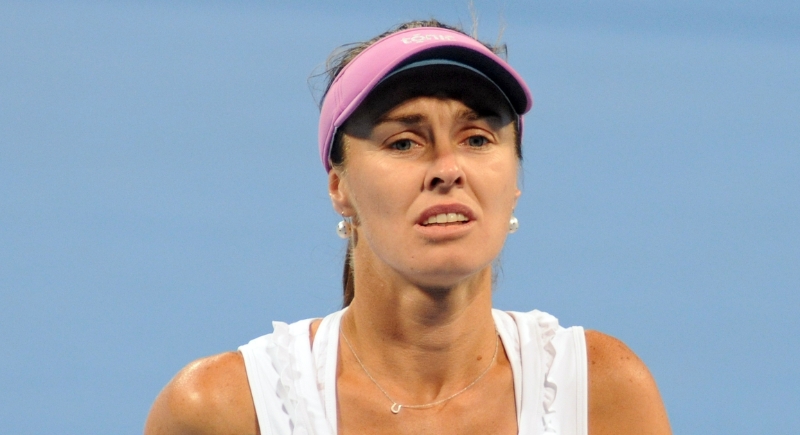
Credit: Wikimedia Commons
Hingis became world number one before she could legally vote. By the age of 19, she captured five Grand Slam singles titles. Injuries led to early retirement, but she still made three career comebacks and dominated doubles later on.
10. Lindsay Davenport

Credit: Wikimedia Commons
You never had to guess what would come when Davenport was on the ground. Her game was built on clear shots and clean mechanics. She finished as year-end world number one four times, stayed atop the rankings for 98 weeks, and won three Grand Slam titles.
9. Justine Henin
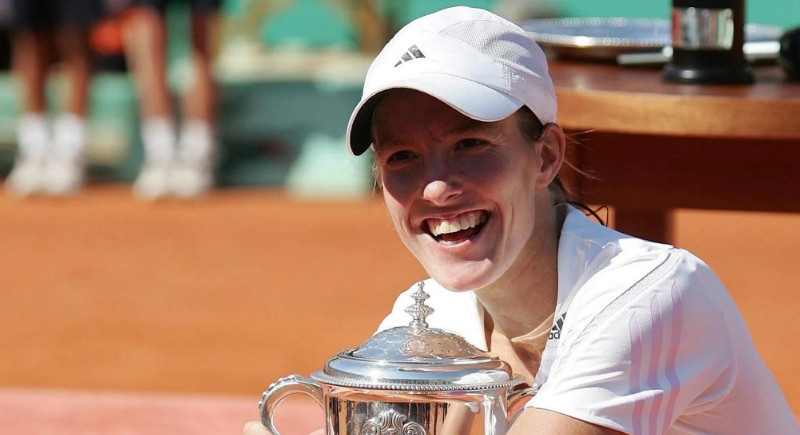
Credit: Instagram
Henin was technically brilliant and mentally fierce, especially on clay, where she dominated the French Open. That one-handed backhand deserves its own museum wing. She collected seven Grand Slam titles and played a thoughtful, tempo-shifting game that outsmarted opponents even when they hit harder.
8. Monica Seles

Credit: Instagram
Seles was nearly unbeatable in the early 1990s and won eight Grand Slam titles before turning 20. Her career was tragically disrupted by a stabbing incident in 1993, but she returned to win a ninth Slam and left a lasting impression with her intensity and two-handed power game.
7. Venus Williams

Credit: Instagram
Her seven Grand Slam titles and 2002 world number-one ranking were only part of her influence. She helped turn women’s tennis into a high-speed, high-impact game and fought hard for equal prize money at Wimbledon. The ripple effects are still being felt.
6. Margaret Court
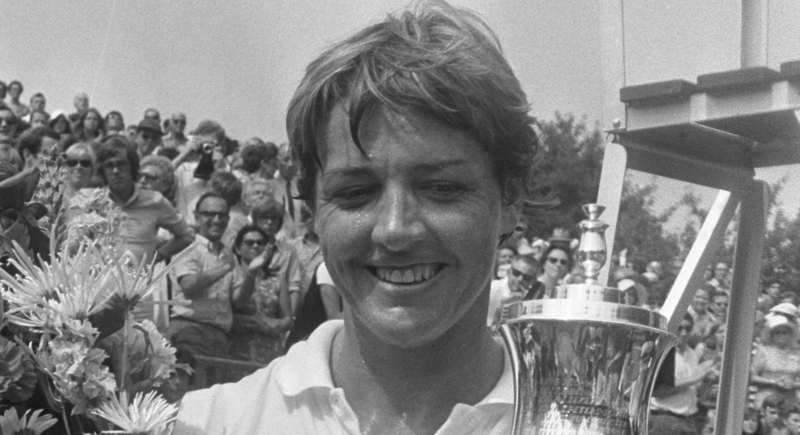
Credit: Wikimedia Commons
Court’s 24 Grand Slam singles titles remain unmatched. Her dominance pre- and post-Open Era helped shape modern training approaches. Though her dominance came before tennis became a TV staple, her name’s still in the conversation anytime records are mentioned.
5. Chris Evert
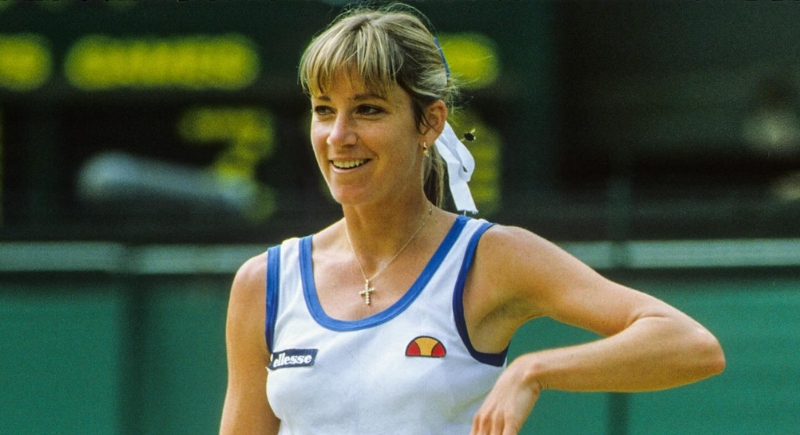
Credit: Instagram
Evert was a master of consistency, and precision was her brand. With 157 titles and 18 Grand Slam singles wins, she sure knew how to keep her opponents on their toes. Her calm, precise game allowed her to reach 34 major finals, which was more than anyone else.
4. Billie Jean King
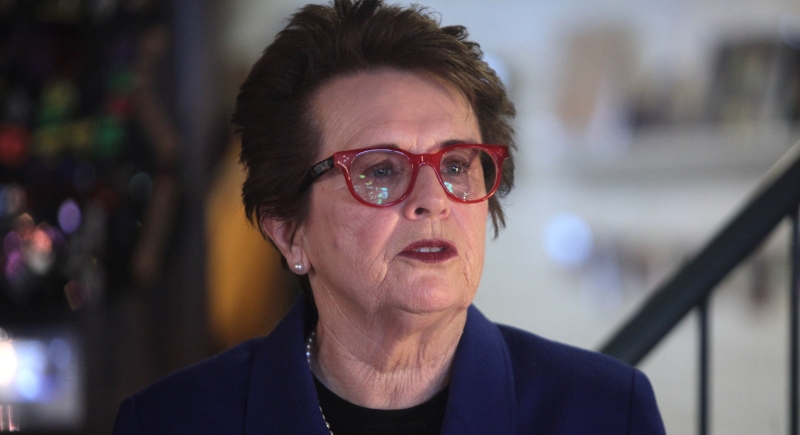
Credit: Wikimedia Commons
King’s resume has 39 Grand Slam titles, but the bigger story is everything she did off the court. She founded the Women’s Tennis Association (WTA), secured equal prize money at the US Open, and beat Bobby Riggs in front of 90 million people during the iconic “Battle of the Sexes” match. It’s safe to say her impact goes far beyond the trophy count.
3. Martina Navratilova
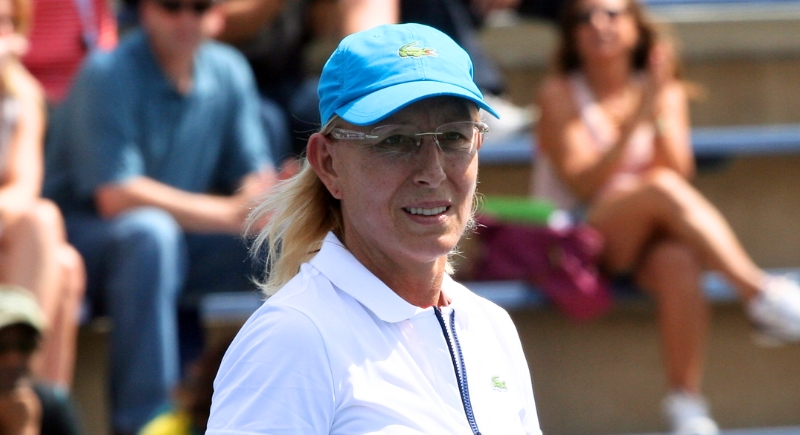
Credit: Wikimedia Commons
Few players could shift from baseline to net like Navratilova. Her serve-and-volley style was transformative. Her 18 Grand Slam singles titles, nine Wimbledons, and 332 weeks at number one suggested that she played longer, smarter, and faster than most.
2. Steffi Graf

Credit: IMDb
Graf’s 22 Grand Slam singles titles include the 1988 Golden Slam, a feat still unequaled. Her ability to adapt to every surface and sustain success for over a decade made her a model of excellence. Her record 377 weeks at number one testify to her era-spanning dominance.
1. Serena Williams
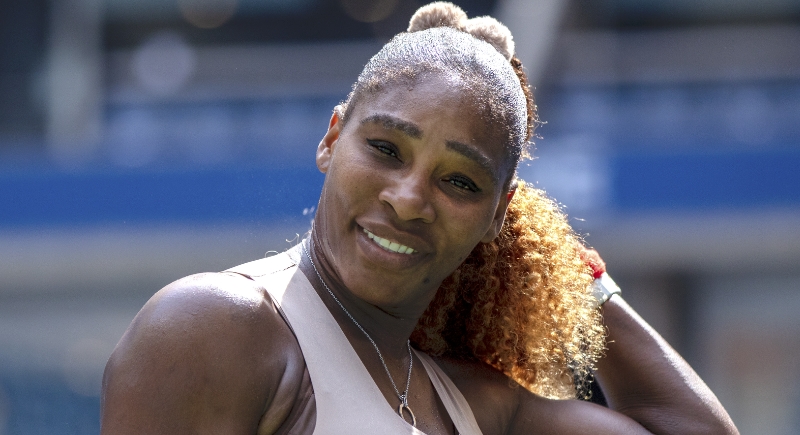
Credit: Wikimedia Commons
Her 23 Grand Slam singles titles top the Open Era, but her reach goes beyond numbers. Serena’s powerful serves and bold fashion have reshaped tennis culture and proved that comebacks could be relentless. To make it more interesting, she stayed relevant for nearly 30 years. Now, that’s pure legacy.